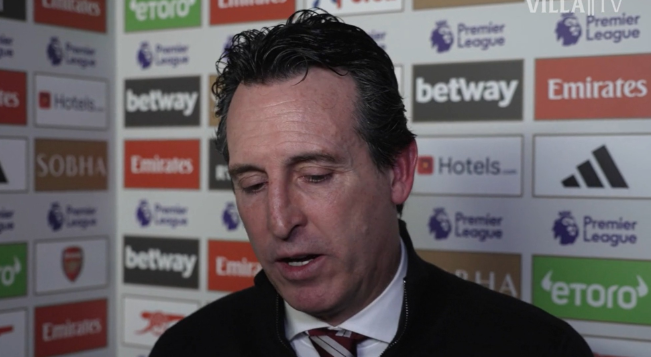World Cup
semifinals
The knockout rounds are about to begin, and the brutal one-game-to-death system makes the game full of variables. Regardless of the strength of the team, as long as the team's tiny flaws are discovered by the opponents, they may pack up their bags and go home in advance at any time. So, what are the hidden concerns of each team in the knockout rounds?
This article contains: Japan vs. Croatia, Brazil vs. South Korea, Morocco vs. Spain, Portugal vs. Switzerland (click on the hyperlinks to go directly to the team's page)
For the rest of the matchup combinations click here.
Group stage performance: 2-1 win over Germany, 0-1 loss to Costa Rica, 2-1 win over Spain.
The concept of the Group of Death no longer exists with FIFA organizing the draws based solely on world rankings, and it has become nothing more than a gimmick for the media and fans. However, Japan's excellent performance turned Group E into a real Group of Death - 2010.
world champion
2014
world champion
, plus one of the strongest shit-stirrers, Japan.
Fans who follow Japan closely should have no trouble noticing what sets them apart from other teams - the early, massive substitutions in the second half.
In the first match against Germany, three substitutions were made in 57 minutes and all of them in 74 minutes. Immediately after the completion of the reversal, the substitutes scored two goals.
In the second game against Costa Rica, the match used up three substitutions in the 62nd minute and a fourth in the 67th minute.
Against Spain in the third match, the game has used up three substitutions in the 62nd minute and the fourth in the 69th minute. Substitutes achieved a goal and an assist.
Probing deeper, Japan has changed in both formations.
In the first match against Germany, at half-time, Ei Kukai went down (left winger) and Kenyo Tomiyasu went up (defender).
change to a three-guard lineup (defense)
, a four-man defense turned into a five-man defense against the constant threat of the German five-man front line attacking.
Then Sanfan Kaoru came on, and the opposite switch at left wingback brought in more offensively gifted, offensively hungry players to blow up the counterattack.
In the last dispatch, Takumi Minamino went up (front), Hiroki Sakai went down (right wingback), and Junya Ito, who started at right winger, moved to right wingback.
As a result, Japan's five-man front line of 3 front-men + 2 (offensive) wingbacks was completed, and it was the turn of Japan's five-man front line to break through Germany's four-man defense. Reversal win.
In the second match against Costa Rica.
commander-in-chief
Ichi Morihiro didn't learn his lesson and started with a four-guard formation.
Half-time Yohki Ito up (back), Yuto Nagatomo down (left guard).
change to a three-guard lineup (defense)
, starting left tackle Yuki Soma moved to left wingback.
Kaoru Mitaka came in as a wingback, a player with the same offensive talent and desire to attack. The five-man front line was complete, but Costa Rica's five-man defense made it difficult for Japan to break through, and even got a goal at the end of the game. Many Japanese fans were very upset by this loss.
Only 45 minutes of offense? Really? Really? - Yeah.
In the third match against Spain, the starting lineup was set up with three defenders, but it was quite different from the lineup that had a lot of offensive firepower in the previous two matches. Morihiro responded with the starting lineup: really.
Half-time Nagatomo Yuto down, Mitaka Kaoru up. You know the process by this side, right? Players with offensive talent and desire to attack play as wingbacks. Another dispatch, it's Don Yasutoshi up front for a pair of substitutions.
Don Yasuru scored the first goal, and Mitaka Kaoru assisted the second, and the 6-minute rampage managed to turn the game around, and then returned to the defensive position and managed to hold on to the lead and take away the victory,
advancement
Elimination round.
With a noticeable increase in firepower on the offensive side of the ball and stability on the defensive side of the ball that doesn't upset the balance, one can't help but start to have fans wondering: only 45 minutes of offense? Really? Really?
To summarize the difference in Japan's offensive firepower in the first and second halves - in the three matches combined, Japan had 5 shots on goal in the first half, and 26 in the second half. Against Spain, there were only four shots on goal in the second half, and the numbers would have continued to pile up if there hadn't been an instant turnaround in the opening half.
Passively taking a defensive stance in the first half and comfortably paddling to burn time; aggressively switching in the second half and starting to play each and every one of the offensively gifted players on Japan's hand, that is
commander-in-chief
Morihiro Ichi is sticking to his unchanged game strategy for this tournament.
semifinals
Against Croesus, the midfield triangle has a high average age, and it might be good to use fresh thighs in the second half against veterans whose stamina is slipping.
However, it's likely that this group of old geezers have already seen through Japan, and are taking the same relaxed approach to paddling to burn time in the first half, viewing the second half as the real battlefield. So...






























